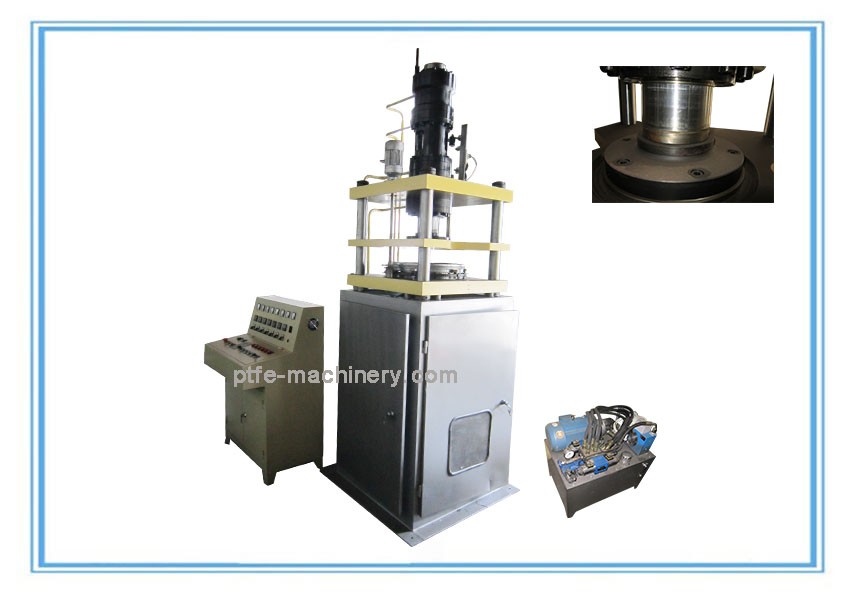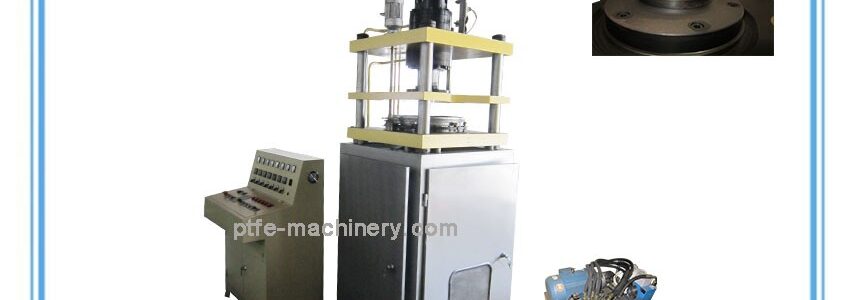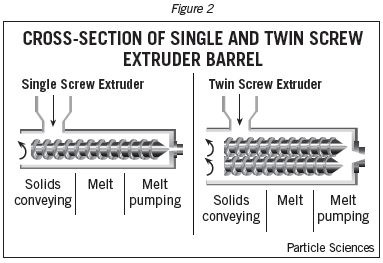Multi-hole ram extrusion is the process in which the raw material is pushed through a die having more than one hole. This process is highly productive for producing parts of smaller length and cross-section. For the given billet and final product size, the requirement of the ram force is lesser in the multi-hole extrusion than in the single-hole extrusion. The process has great importance for producing micron-size parts.
For the design of a multi-hole die extrusion machine, the modeling of the extrusion process is required. Although the finite element method can be effectively employed for this purpose, it requires a large amount of computational time besides the requirement of appropriate software to do the mesh generation and finite element processing. After the tentative or final specifications are decided, the design process usually consists of three stages: the conceptual design, the embodiment or preliminary design and the detailed design. At the conceptual design stage, the design concepts are generated. At the preliminary design stage, the chosen concept is given bodily form. Finally, at the detailed design stage, the detailed design calculations are carried out and the manufacturing drawings are generated. At the preliminary design stage, one needs computationally faster analysis for generating an optimum design. The generated design at this stage can be further fine tuned with rigorous finite element analysis of the process.
The estimation of the ram force is carried out using upper bound method by considering the process as a single-hole extrusion. This leads to an overestimation of the ram force, which results in a safer design of the die and ram. Die pressure distribution along the die face has been calculated using the slab method. A finite element analysis of the die has been carried out to estimate the distribution of the von-Mises stresses across the die volume. The experimental investigations have been carried out by extruding the billets made of lead through single-hole and multi-hole dies. The experimental results are compared with the analytical results. To carry out the analysis, the value of the friction factor is found experimentally. It is observed that the ram force calculated by the proposed methodology is about 25% greater than the experimental force for a single-hole extrusion. It is found experimentally that the material encounters more resistance to flow in the central hole than in the holes away from the center. This leads to differences in the lengths of the extruded wires, if the hole-sizes are same. In the case of the multihole extrusion, ram force is always lesser (about two-third) than in the case of the single-hole extrusion. Thus, the multi-hole extrusion process can become a productive process for the mass production of small sized components.




